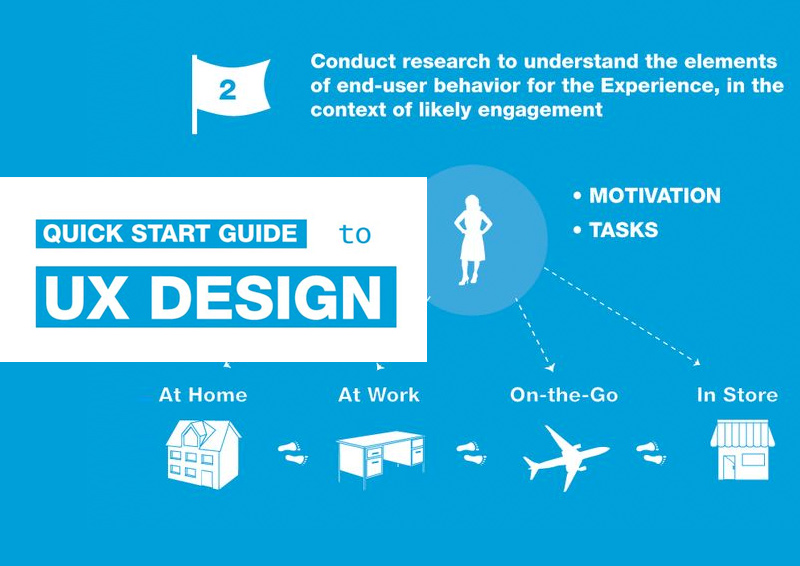Site Design: A Journey With Time.From Simple Beginnings To Contemporary Wonders, Website Style Has Undertaken A Considerable Change Throughout The Years
Site Design: A Journey With Time.From Simple Beginnings To Contemporary Wonders, Website Style Has Undertaken A Considerable Change Throughout The Years
Blog Article
Web Content Writer-Monroe Cantu
In the past, sites were basic and concentrated on information. Navigating was straight, and style was for desktops. Currently, user experience is vital. Data guides styles for easy navigation. Responsive layouts fit various devices. Today, dark mode minimizes stress, and minimal food selections boost navigation. Interactive attributes engage users, and strong visuals stand apart. AI combination improves interaction. See exactly how layout has actually progressed to boost your on the internet journey.
Very Early Days of Website Design
In the early days of website design, simplicity reigned supreme. Internet sites were basic, with restricted colors, fonts, and formats. The focus got on giving details instead of fancy visuals. https://www.nytimes.com/2022/03/23/business/direct-consumer-retail-stores.html accessed the net via slow dial-up connections, so rate and performance were key.
Navigation food selections were straightforward, typically located on top or side of the page. Internet sites were created for desktop, as mobile surfing wasn't yet widespread. Web content was king, and developers focused on very easy readability over complicated layout components.
HTML was the main coding language used, and designers had to function within its restrictions. Animations and interactive features were minimal compared to today's criteria. Internet sites were fixed, with little vibrant web content or personalized user experiences.
Rise of User-Focused Design
With the development of web site style, a shift towards user-focused design principles has ended up being progressively popular. minimalist website , producing web sites that prioritize customer experience is important for engaging visitors and accomplishing company objectives. User-focused style entails recognizing the needs, preferences, and actions of your target market to tailor the site's design, content, and features as necessary.
Developers now perform extensive research, such as user surveys and functionality testing, to collect understandings and feedback straight from users. This data-driven method aids in creating instinctive navigating, clear calls-to-action, and aesthetically enticing interfaces that resonate with site visitors. By placing the user at the center of the design process, internet sites can supply an extra individualized and delightful experience.
Receptive style has also become a key element of user-focused style, making sure that sites are optimized for numerous gadgets and display dimensions. This versatility improves ease of access and usability, catering to the diverse methods users communicate with internet sites today. Basically, the surge of user-focused style indicates a shift towards developing electronic experiences that focus on the demands and expectations of completion user.
Modern Trends in Web Design
Check out the most recent trends forming website design today. One noticeable pattern is dark setting layout, offering a sleek and modern-day look while decreasing eye pressure in low-light atmospheres. One more vital fad is minimal navigation, simplifying menus and enhancing customer experience by concentrating on essential elements. Incorporating micro-interactions, such as animated switches or scrolling impacts, can produce a much more interesting and interactive web site. Receptive style stays vital, guaranteeing seamless customer experiences throughout numerous gadgets. In addition, utilizing bold typography and unbalanced designs can include aesthetic rate of interest and accentuate certain web content.
Integrating AI technology, like chatbots for customer support or individualized referrals, improves customer involvement and enhances processes. Availability has additionally become a significant trend, with designers focusing on comprehensive style methods to accommodate diverse customer needs. Welcoming sustainability by enhancing internet site efficiency for rate and effectiveness is one more emerging trend in website design. Working together with individual feedback and data analytics to repeat and boost layout continuously is important for staying pertinent in the ever-evolving electronic landscape. By accepting these modern fads, you can develop an aesthetically appealing, easy to use site that resonates with your target market.
Final thought
As you review the advancement of site style from the very early days to now, you can see how user-focused layout has become the driving force behind contemporary trends.
Embrace the journey of change and adaptation in website design, constantly maintaining the individual experience at the forefront.
Keep current with the current patterns and modern technologies, and never ever quit developing your approach to create aesthetically spectacular and straightforward sites.
Develop, adapt, and create - the future of website design is in your hands.
